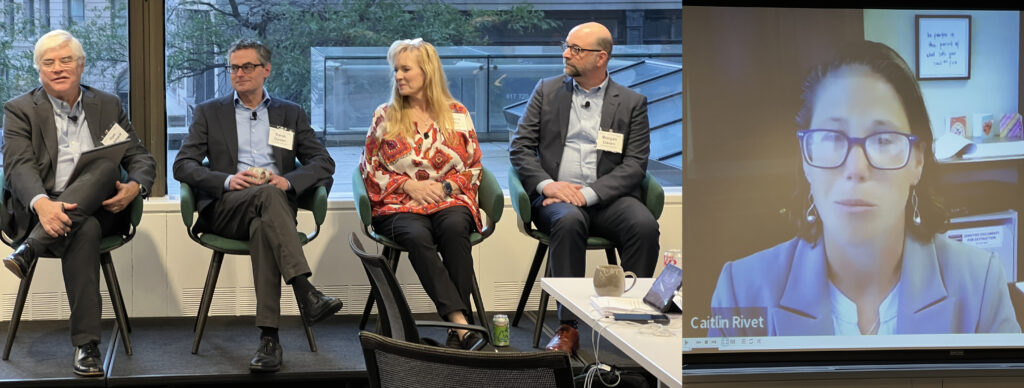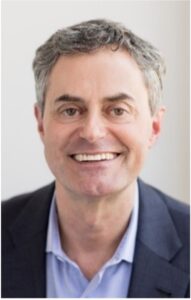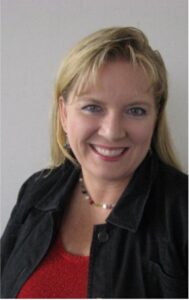
On September 11th, NEWDIGS Senior Advisor Tom Hubbard moderated a panel discussion with leaders in innovative Alzheimer’s care. The event was part of a NEWDIGS September Design Lab where a select group of leaders from diverse stakeholder groups worked together to find ways to scale our capacity for timely delivery of emerging therapies for early Alzheimer’s disease to a larger number of patients who are eligible for and want them.
The panelists, all leaders in clinical innovation, shared their perspectives from the front lines, exploring how realizing the full value of breakthroughs in diagnostics and therapeutics requires pairing scientific breakthroughs with clinical innovation. They discussed new care models taking shape across diverse U.S. health systems and how success is dependent on collaboration across stakeholders to adapt care delivery.
The panel highlighted the heterogeneity of innovation of care models for early Alzheimer’s disease. Despite the diversity of approaches, several commonalities could be seen including the need for collaboration across stakeholders; the importance of removing barriers for patients and their care partners as well as the primary care teams; how multidisciplinary approaches can improve the experience for patients and clinicians; and the need for a holistic and contextual approach to patient care. Additionally, the significance of effective communication and information sharing between primary care and specialty care was underscored.
Highlights from our Panelists
On two keys to realizing the vision of integrated Alzheimer’s care

Caitlin Rivet, RN, Director of Operations and Director of Memory Care & Alzheimer’s Therapeutics Program, Tufts Medicine
First is buy-in. ”We are asking a lot of a lot of people, but at the same time it’s a little from a lot of people. So, we need their whole heart. We want to make it as easy as possible, but no one top-down can say, this is what’s going to happen and expect and entire system to do it.” Second, is the creative use of resources. “We cannot continue to do care the way we have been. We need to be really reimagining, re-envisioning how we can deliver care.” Being willing and able to investigate new tools such as virtual screening platforms, and new resources such as Dementia Care Navigators is how you can expand the reach of primary care offices.
On the importance of simplicity for speed

Barak Gaster, MD, Director Cognition in Primary Care Program and Professor of Medicine, University of Washington
We don’t have 20 years to reinvent health systems for Alzheimer’s disease care. The way to change rapidly right now is to think about keeping it really, really simple so that it fits into the existing system as it is. If we develop something too complex it might be a great vision for 10 years from now but that is not the way to scale up now.
The positive results that we’ve had from the Cognition Primary Care Program have been due to building tools that focus on “how can we make this as absolutely concise as possible?” Much of the time, when big committees create a checklist, the Smart Sets which are created for an EHR are completely overwhelming and unwieldy for the users. So, it really is important to figure out how to create education for primary care with tools which are easy to plug and play into many different settings at once.
On the importance of making things less complex for patients

Deanna Willis, MD, MBA, Professor of Primary Care and Population Health Research, Indiana University School of Medicine
Every time we put something in between for the patient, another step for them to do, we get patients who say, “no, thank you, my life’s too complicated, I don’t need to do this.” Patients are complex, and they have a lot of things going on personally and medically. They are not one condition or one disease or one set of symptoms. And so, the more we can do things contextually, the more we can do things holistically, the more we can do things in ways and processes that are familiar to them, the better.
This all really started working when we created pathways with connection points, warm handoffs and processes, that generated trust between primary and specialty care that all the necessary steps have been taken of so when a patient is ready for that next step and doesn’t need to pass through 10 more tollgates and wait in line for another nine months.
On progress so far and hope for future progress to improve patient-centered care

Morgan Daven, MA, Vice President Healthcare Strategy, Alzheimer’s Association
“We have a lot more to do, certainly, but we certainly have turned a corner where conversations are different than they were eight years ago. Today, much is centered around how we can help the person living with the disease and their family.” It’s been a process of seeing some really bright spots out there with clinical champions, innovators, people who really want to move forward in really quality person-centered care. What we need now is work with the clinical champions who have innovated and built care models, and really work on the business case, moving from what is going to be sustainable to continuing to build the value proposition for the health system.